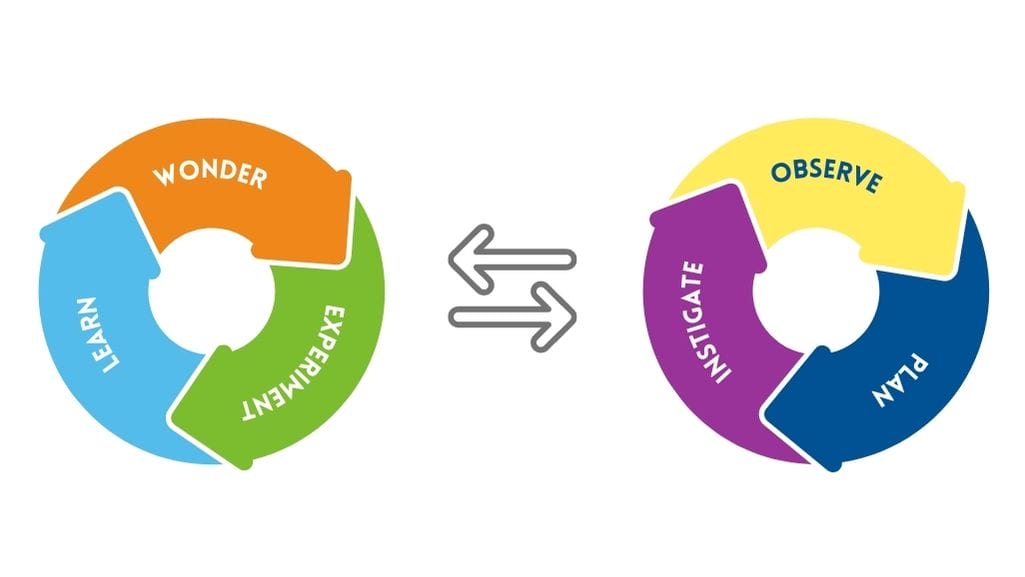June 13, 2016
(Photo credit: David Yarmchuk/Center for Inspired Teaching)
This piece was written by David Yarmchuk, Inspired Teaching’s Senior Manager of Science Education. David leads Inspired Teaching’s SCALE: Science Curriculum Advancement through Literacy Enhancement program.
How early do young engineers begin honing their design skills? I recently visited SCALE Teacher Leader Dionne Hammiel’s classroom, where students begin this work as young as 5-years-old. Ms. Hammiel’s kindergarten classroom at Burroughs Elementary School in northeast DC recently began an extended engineering project that started with simple design and construction experiments and will culminate in students designing and building “plant packages” that will allow plants to grow and survive while being shipped long-distance. Along the way, students will learn the steps of the engineering design process, as well as important science content such as what differentiates living and non-living things and what plants and animals need to survive.
“Let’s make it 50 inches!” one excited little girl exclaimed as she worked with her team to build a tower out of notecards and tape. It was especially heartwarming to see the level of enthusiasm for engineering among the students in this classroom, all of whom come from groups that are currently underrepresented in the field. Experiences like this class are expected to change those statistics in the future.
Even before she started teaching this unit, Ms. Hammiel had a leg up on this project, since she had already written several of the plant packaging lessons as a part of her work on the DC Public Schools’ (DCPS) Cornerstones initiative. All DCPS kindergarten teachers across the district are expected to teach this sequence of lessons, which Hammiel co-wrote with Sherri Jones, another DCPS teacher who works with 3-, 4-, and 5-year-olds at Capitol Hill Montessori School. The lessons fit into a larger Engineering is Elementary curriculum module that DCPS has provided for elementary school classrooms in partnership with the Museum of Science in Boston.

One group of students planned to use pillars, or “cylinders” as they described them, to support their tower. Vocabulary like this is infused into the unit, helping students to develop strong literacy skills while they engage in STEM inquiry.
Ms. Hammiel and Ms. Jones are both SCALE Teacher Leaders who are a part of Center for Inspired Teaching’s 2015-16 SCALE cohort. In addition to teaching their regular classes and writing Cornerstone lessons for use by their peers, Ms. Hammiel, Ms. Jones, and the other SCALE Teacher Leaders have also led professional development for over 400 DCPS teachers to prepare these educators to teach Cornerstones themselves. During these training sessions, the SCALE Teacher Leaders had their teacher colleagues first participate in the lessons as learners, building their comfort with both the science content and the engineering process. Through this train-the-trainers model, SCALE is transforming the way science is taught for thousands of students across the District.
As Ms. Hammiel puts it, “I never would have done this unit if it weren’t for SCALE. Inspired Teaching has changed the way I think about and teach science in my classroom.”
For the past two years, SCALE has been run in collaboration with DC Public Schools. In 2016-17, SCALE will expand to charter schools in DC with the support of a grant from the Toyota USA Foundation.



















